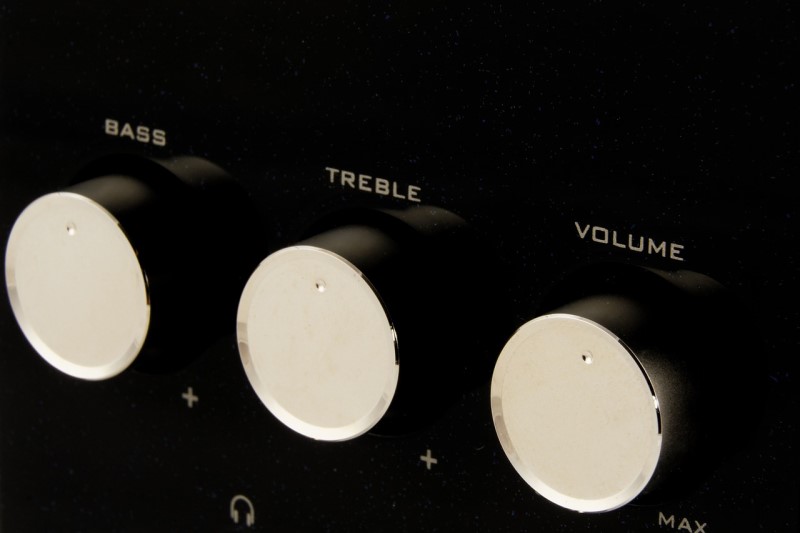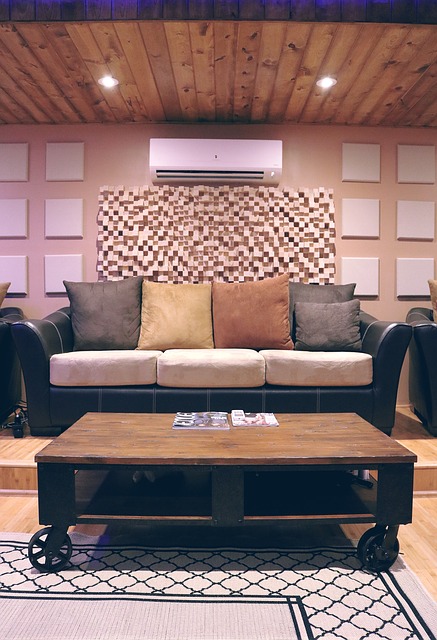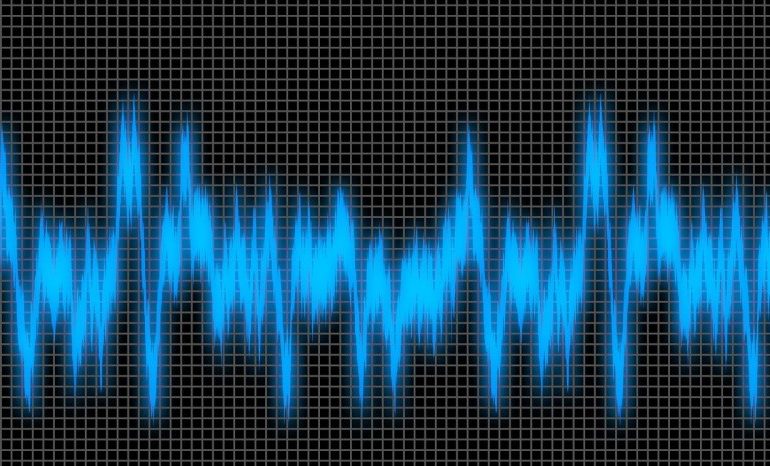Digital Room Correction Systems and DSP
When digital room correction programs were first announced, home theater enthusiasts were hopeful that they would be the answer to all their room woes. They hoped that these DSP programs would be able to make it possible to place any speaker in any room and have them sound great. Alas, this was not the case.
Why We Need Digital Room Correction
There are many different flavors of room correction. Denon and Marantz receivers use Audyssey, Yamaha has YPAO, others have Dirac or other programs. In the end, it doesn’t matter the name or type of room correction. They all attempt to do the same thing. They analyze the frequency response of your speakers in your room and attempt to reduce the effects of reflected sound.

When sound is produced in a room, it is helpful to imagine it as a pebble dropped in still water. While not a perfect analogy, it helps you visualize the way the sound moves around the room. When the sound waves hit the walls, they bounce back. As the waves cross each other, they have high and low points. If two peaks meet, the peak gets higher. If two troughs meet, the trough gets deeper. If a trough and a peak meet, they cancel each other out and the water returns to its normal level.
Can you see it? Good.
Sound works in much the same way. The waves are the volume of the sound at each frequency. If you happen to be sitting where the waves meet at their peak, that sound appears louder than it should. If the waves meet at the trough, the sound is quieter. Regardless, the reflections of the sound around your room constantly change your perception of the sound. Digital room correction attempts to…correct this.
How Does Digital Room Correction Work?
In the home theater world, there are two types of filters. You have straight EQ (equalization) and FIR filters (Finite Impulse Response filters). If you’ve ever seen or owned one of those stack stereos popular in the ’80s and ’90s from Sears and others (boy, how I wanted one of those), you’ve seen an EQ. It was the device with all the vertical sliders on it that your friend insisted should be in a frown shape because…reasons.
If you had looked closely at those sliders, you would have noticed that each is labeled with a frequency. The center of the slider range would have been zero (no change to the sound). Moving the slider up boosted the volume at that frequency, moving it down reduced the volume. Bass/treble controls do the same but for a much wider range of frequencies.

FIR filters operate digitally. This means they can not only increase or cut the volume of certain frequencies, but they can also add delays. This type of digital signal processing (DSP) changes the peaks and the troughs of the ripples so that they don’t interact in the same way. Most modern digital room correction systems have moved to FIR filters because of their versatility and effectiveness.
But Does Room Correction Work?
Many room correction programs will have the user take multiple measurements. They phrase it as “take a measurement at each seat in your home theater,” but this is incorrect. In an interview with Chris Kyriakakis of Audyssey, he suggested that the first measurement should be taken at your seated area, equidistant between your front speakers and in line with your center channel. This may not be in the center of your couch, but that is where you should take your first measurement. The other measurements should be taken within two feet of that first measurement. He suggests side-to-side, forwards and back, and even taking measurements above and below.
The idea is that this gives the room correction an idea of which frequencies it can modify without adversely affecting the sound throughout the room. For example, if the measurements reveal that the sound at 200Hz is too loud at all the measurement points, it can reduce that volume. But if one measurement shows a large peak at 300hz but the other measurements show troughs, it can’t really do anything. This is where room treatments come in.
Author’s Note: Digital room correction can be very powerful when you have peaks overlapping in your room. In those cases, a change in the frequency volume or time can easily reduce the volume increase you experience. But troughs are a different animal. Increasing the volume of the frequency does not increase the perceived volume. The trough just gets deeper.
Digital Room Correction is NOT a Panacea
When they first started releasing room correction systems, we were very hopeful that they would make room treatments and other room issues a thing of the past. Unfortunately, that wasn’t the case. If you have a highly reflective (or just normally reflective, honestly) room, you have lots of peaks and troughs. Room correction, despite the name, doesn’t actually affect your room. By design, it stops at your speakers.

Digital room correction can do nothing to the sound once it leaves your speakers. At that point, it is all about the room. The more reflections you have, the stronger those reflections, the less the room correction can actually do. The best way to help your room correction system is to reduce the number and strength of the reflections in your room. Sound absorbers, often referred to as “room treatments,” are panels that you can place on your wall to absorb the sound before it reflects back into the room. By using these, your room correction can fine-tune the sound at your seat to give you the best possible sonic experience.
Conclusion
We often say that digital room correction is the cherry on the top of the sundae that is your home theater. It would be great if a digital program could completely correct for your room, but that simply isn’t the case. A room needs to be set up properly and treated with sound absorbers before a room correction program can be truly effective.



I own an mrx1140. My front speakers are sonus faber elector amators, and rear are Kef concerto, while surround are Golden ear BRX. I was enthralled by the uncorrected sound. But I thought I’d try the ARC room correction.
Result: sound became curiously sterile and far less involving. So I restored the amplifier to factory settings and was delighted with the improvement in sound.
I won’t bother using the room correction software again. I suspect it irons out the bumps in frequency response that give speakers their character. Nobody would claim the elector amators have a ruler flat frequency response, but that’s entirely irrelevant. What matters is whether the speakers have an emotional impact, and here they excel.
In short be wary of room correction software. It’s got absolutely nothing to do with how we hear sound. Trust your ears!